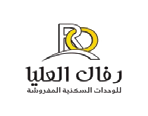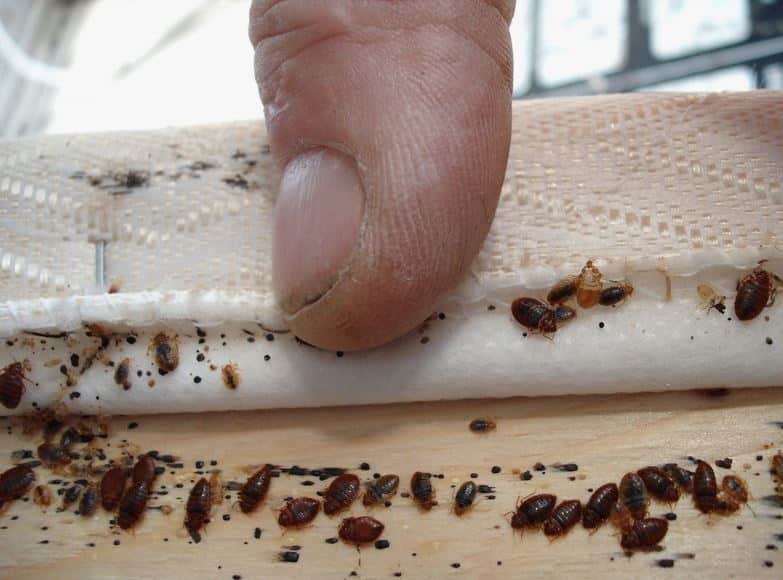Why flying insect Control ?
And what are the diseases transmitted by Flying Insect Control ?
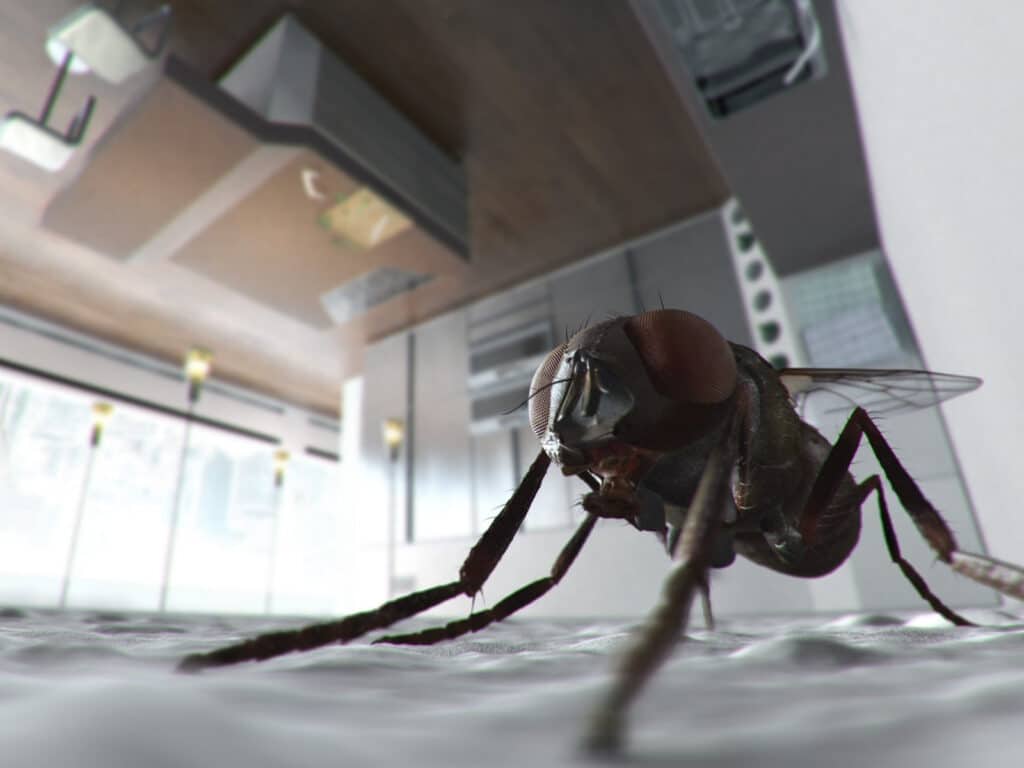
Flying insects not only irritate but also carry diverse diseases, presenting significant health hazards.
Recognizing the illnesses spread by these insects is vital for implementing successful control and prevention strategies.
Here’s a concise overview of several prevalent diseases transmitted by flying insects:
Malaria
- Transmitted by: Female Anopheles mosquitoes
- Caused by: Plasmodium parasites
- Symptoms: Fever, chills, headache, muscle aches, fatigue, nausea, and vomiting
- Prevention: Use of mosquito nets, insect repellents, and elimination of breeding sites like stagnant water.
Dengue Fever
- Transmitted by: Aedes mosquitoes (particularly Aedes aegypti)
- Caused by: Dengue virus
- Symptoms: High fever, severe headache, pain behind the eyes, joint and muscle pain, rash, and mild bleeding.
- Prevention: Elimination of mosquito breeding sites, use of insect repellents, and wearing protective clothing.
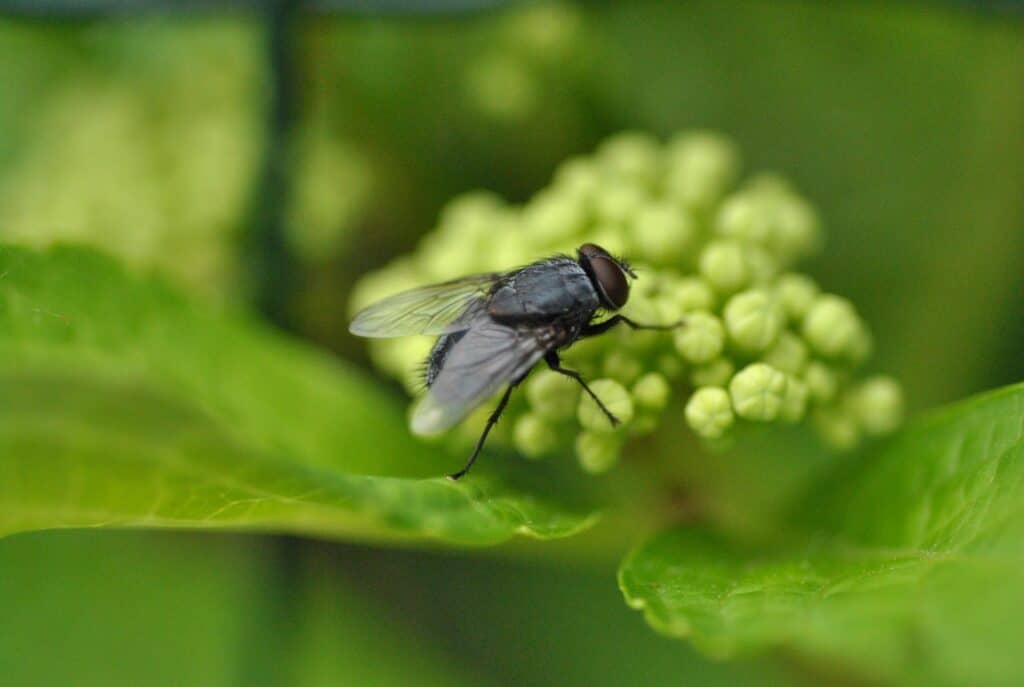
3 – Zika Virus
Transmitted by: Aedes mosquitoes, primarily Aedes aegypti
Caused by: Zika virus
Symptoms: Fever, rash, joint pain, conjunctivitis (red eyes), muscle pain, and headache
Prevention: Mosquito control measures, wearing protective clothing, using insect repellents, and avoiding areas with Zika outbreaks.
4 – West Nile Virus (WNV)
Transmitted by: Culex mosquitoes
Caused by: West Nile virus
Symptoms: Fever, headache, body aches, joint pains, vomiting, diarrhea, and rash
Prevention: Reducing exposure to mosquitoes, using insect repellents, and eliminating standing water.
5 -Yellow Fever
Transmitted by: Aedes mosquitoes (in urban areas) and Haemagogus or Sabethes mosquitoes (in jungle areas)
Caused by: Yellow fever virus
Symptoms: Fever, headache, jaundice, muscle pain, nausea, vomiting, and fatigue
Prevention: Vaccination, mosquito control measures, and avoidance of mosquito bites.
And More, Call Us Now And Protect Your Self From Flying Insect
Flying Insect threaten not only your health but also your property.
With Years Of Experience And A Commitment To Excellence, Our Flying Insect Control Service Is Trusted By Our Customers.
What is the reason for the presence of Flying Insect in your home, commercial or industrial facility?

The presence of flying insects can be attributed to various factors:
Food Sources: Flying insects are drawn to decaying organic matter, ripe fruits, sugary substances, and open garbage bins, which serve as abundant food sources.
Water: Particularly for mosquitoes, stagnant water sources like ponds, puddles, and clogged gutters offer ideal breeding sites, as water is essential for their reproductive cycle.
Shelter: Flying insects seek refuge in dark, secluded areas such as cracks in walls, gaps in windows and doors, attic spaces, and dense vegetation, providing them with protection and safety.
Warmth: Flying insects tend to be more active in warm environments. During colder seasons, they may seek indoor spaces for shelter and warmth, contributing to their presence indoors.
Breeding Conditions: Flying insects reproduce quickly under favorable conditions, making indoor environments with suitable temperatures and ample food and water sources conducive to their breeding.
Environmental Factors: Weather conditions, including humidity and temperature, play a significant role in the presence and activity of flying insects. Warm and humid climates typically support higher populations of flying insects.
Understanding these factors is crucial for implementing effective strategies to control and manage flying insect populations.
Contact The Best Pest Control Company In SA now to Protect Yourself and your beloved once
Frequently Asked Questions About Flying Insects Services:
1. How does your flying insect control service work?
Our service typically begins with a thorough inspection of your property to identify breeding sites and areas of high insect activity.
Based on our findings, we implement targeted control measures such as larvicide treatments, insecticide spraying, and habitat modification to reduce flying insect populations.
2. Is your flying insect control service safe for pets and humans?
Yes, our control methods are designed to be safe for pets, humans, and the environment when applied by trained professionals following recommended guidelines. We use EPA-approved products and take precautions to minimize exposure risks.
3. How long does it take to see results after using your flying insect control service?
The timeline for seeing results can vary depending on factors such as the severity of the infestation and environmental conditions.
In many cases, clients notice a significant reduction in flying insect activity within a few days to a week after treatment.
4. How often do I need to schedule flying insect control services?
The frequency of service depends on several factors, including the level of flying insect activity, the size of your property, and environmental conditions.
Call Us Now For more details
5. Do you offer environmentally-friendly options for flying insect control?
Yes, we offer environmentally friendly and organic flying insect control options for clients who prefer natural solutions.
These options utilize botanical extracts, microbial insecticides, and other eco-friendly products to control flying insect populations effectively.
6. Will your flying insect control services also eliminate other pests like ants or roaches?
While our primary focus is on flying insect control, our comprehensive treatments may also help reduce populations of crawling pests like ants or roaches by targeting common breeding and harborage areas.
HOW We DO IT Green ?!
How To Use IPM In
Flying Insect Control Service?
Integrated Pest Management (IPM) is a comprehensive method of pest control that prioritizes the employment of various strategies to effectively manage pest populations while minimizing potential risks to human health and the environment.
When addressing flying insect control services, the implementation of IPM techniques can significantly improve the efficiency and sustainability of pest management endeavors.
Here’s how to utilize IPM in flying insect control services:
Step 1 – Biological Flying Insect Control
Introduce natural predators, parasites, or pathogens that target specific flying insect species to limit their populations.
Utilize biological control agents such as predatory insects, nematodes, or microbial insecticides to suppress flying insect populations effectively.
Step 2 – Behavioral Flying Insect Control
Implement cultural practices that discourage flying insect infestations, including proper waste management, sanitation, and food storage techniques.
Educate clients on methods to reduce attractants like uncovered food, standing water, and overripe fruits, which can draw flying insects.
Step 3 – Physical Flying Insect Control
Employ physical methods to reduce flying insect populations, such as trapping devices, vacuuming, or installing air curtains.
Utilize fans or air curtains to create airflow barriers that deter flying insects from entering indoor spaces.
Step 4 – Chemical Flying Insect Control
Use chemical pesticides judiciously and only as a last resort after exhausting non-chemical control options.
Opt for least-toxic pesticides, apply them following label instructions precisely, and target specific areas of infestation to minimize environmental impact.
Process
A.I.M

Assessment
One of our experts will visit you, inspect the facility, identify pest problems on-site, and develop a control plan that covers all your needs.

Implementation
Without leaving the facility, the Eco Shield team will apply environmentally friendly control according to the agreed action plan, which was developed by entomologists. We also provide you with a detailed report on the control service to help analyze the factors of pest presence, limit them, and get rid of them in the future.

Monitoring
We will continue to monitor your facility on an ongoing basis to ensure that problems are resolved. And to intervene in Case of the emergence of any other Insect. Year-round protection for you, your family, and your facility from insects and rodents.
Our Certificates
We Are Quality Approved By
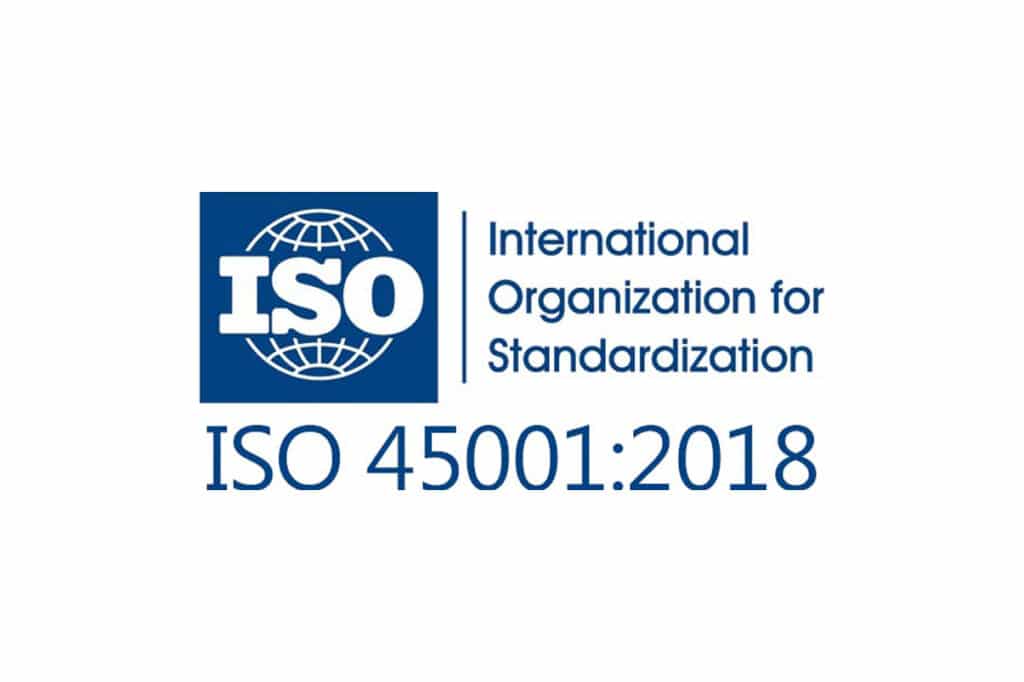
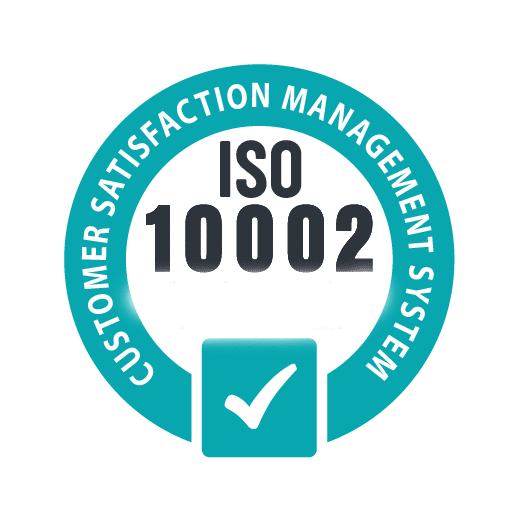
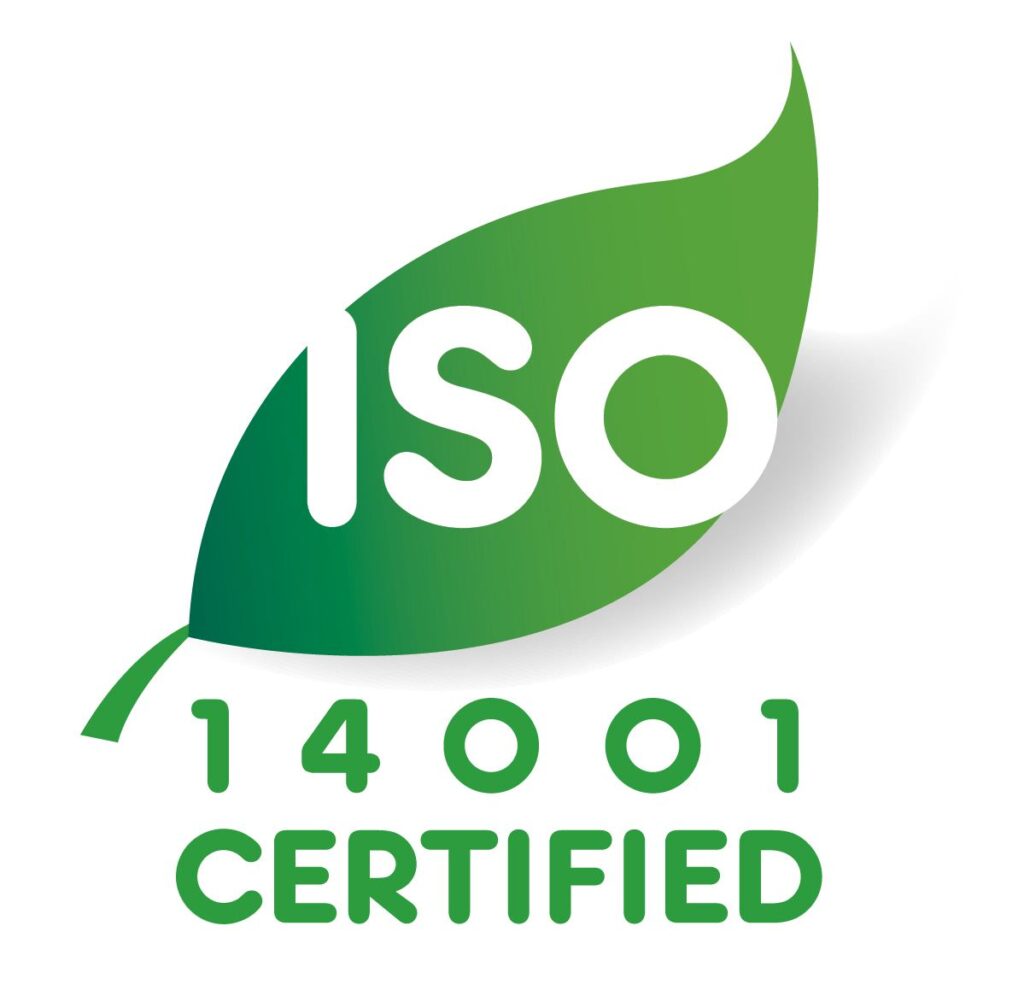
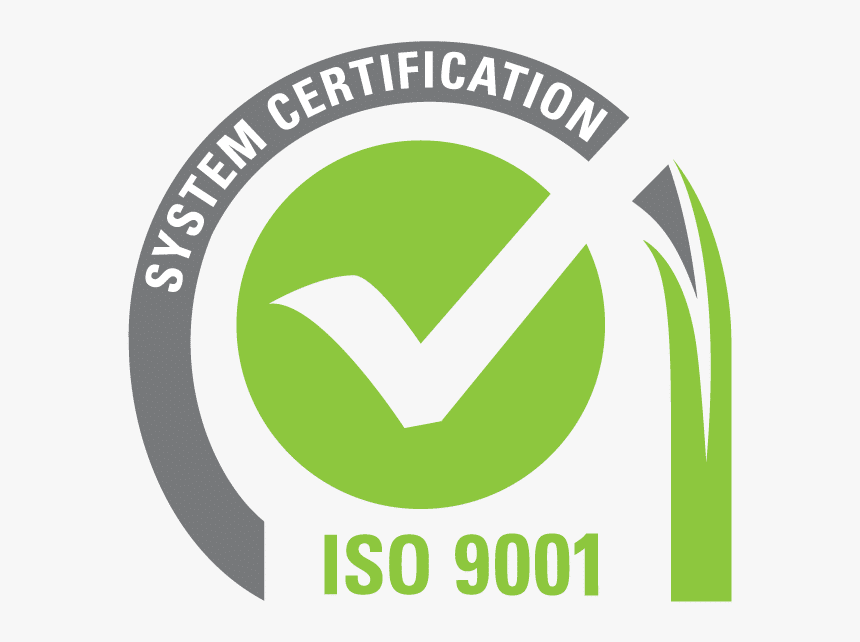
make big impact.
Take Action Now for a Pest-Free Future
Don’t wait until the problem Or Flying Insect escalates further.
Take proactive measures today and reclaim your space from unwanted pests.
Contact us now to schedule a consultation and let our dedicated team rid your property of Flying Insect for good.
















